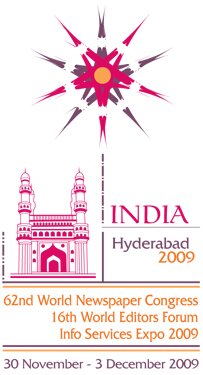  

|
 |
English |
French |
Espanol |
Deutsch |
Russian |
 |
|
 |
|
|
 |
|
|
|
| |

History
The earliest evidence of humans in South Asia dates back two million years. Beginning about 30,000 years ago, stone age hunters and gatherers inhabited sites in the area. During the period between 5000 and 2000 B.C.E., highly organized urban settlements spread throughout northern  regions (present-day Pakistan and north India). Trade and communication networks linked these settlements to one another and to other distant ancient cultures. regions (present-day Pakistan and north India). Trade and communication networks linked these settlements to one another and to other distant ancient cultures.
Around 2600 B.C, regional cultures were united into a culturally integrated network in the Indus Valley region. Settlements in this civilization extended over a 650,000 square kilometre region. The peoples of the region shared a number of cultural characteristics, including planned urban developments, the use of a script, standardized weights, and craft technologies.
The Indus Valley cultural began to decline arounf 1500 B.C, and around that time, Indo-Aryan culture began to dominate the region. Indo-Aryan culture is associated with Sanskrit, a language related to Greek, Latin, and Avestan (the ancient language of Persia). These texts formed one important basis for the religion we now call "Hinduism."
At first largely nomadic, Indo Aryan culture became increasingly urbanized and settled. New religious orientations arose, and some of the notions associated with classical Hinduism and the other major religions of the period -- such as samsara, or the notion of rebirth--developed. Buddhism and Jainism were founded in the middle of the last millennium B.C.E.
In the first century C.E., the Kushans, a group of nomadic warriors from central Asia, conquered regions of northern India, Pakistan, and Afghanistan. Kushan dominance continued till the 4th century, which marked the beginning of the Gupta dynasty. The Gupta period was characterized by great flourishing of art and literature, and is known as the "classical" period of Indian art and literature.
The "Medieval" Period which followed was characterized by the growth of strong regional centres and lack of one overarching political authority in the subcontinent. Invasions by Turkish and Central Asian rulers commenced at the beginning of the second millennium and centralized powers were established, based at Delhi. Alongside however, independent regional kingdoms continued. Rajput rulers in present-day Rajasthan and Punjab had established powerful small kingdoms. Regional kingdoms also flourished in the south.
In 1526, the Mughal empire was founded by Babur, a Turkish/Central Asian chieftain whose ancestors included Chingiz Khan and Timur. (known in the West as Tamarlane). The Mughal  empire reached its greatest heights under the emperor Akbar and expanded across the north. The Rajput hill-states of the Punjab hills (now Himachal Pradesh) were brought under Mughal influence under the rule of Jahangir, Akbar's son. empire reached its greatest heights under the emperor Akbar and expanded across the north. The Rajput hill-states of the Punjab hills (now Himachal Pradesh) were brought under Mughal influence under the rule of Jahangir, Akbar's son.
As Mughal control waned in the eighteenth century, British power expanded. Europeans had been present as traders in the sub-continent since the 17th century. By 1857, the time of the First War of Indian Independence, the British were poised to take control from Mughal hands permanently.
In 1947, the independent nations of Pakistan (East and West) and India were formed out of the British empire in India; Nepal was never integrated into this empire. In 1971, East and West Pakistan divided into Pakistan and Bangladesh. Although relations among these nation-states are often tense, they share many cultural, as well as historical, ties. South Asians in Europe, the Americas, Africa, and other parts of Asia form a dynamic Diaspora community.
|
|

Newspaper:A Multi-media,
Growth Business
62nd World Newspaper Congress
Doing more with less:
the new newsroom challenge
16th World Editors Forum
 |
 |
 |
 |
 |
 |
 |